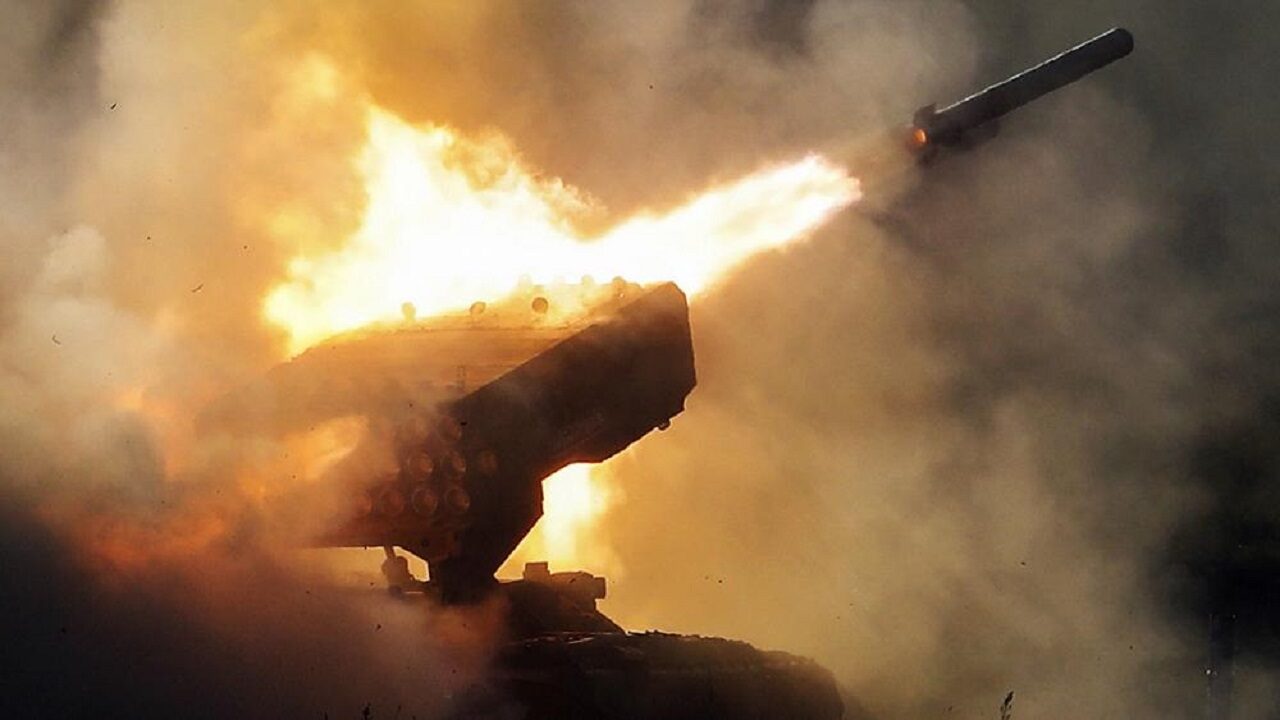Ukraine Destroys Dozens of Iranian Drones Using American Chips – The Ukrainian Ministry of Defense revealed on Thursday how more than half of the Iranian drones already delivered to Russia have been destroyed by Ukrainian forces in recent weeks.
According to the Ukrainian government, 24 of the 46 Shahed-136 kamikaze drones sent to Russia between September 29 and October 6 have been destroyed.
In a post shared on Telegram, the ministry also quoted Brigadier General Oleksiy Gromov, the deputy leader of the Main Operations Department of the General Staff of the Armed Forces of Ukraine, who said that 9 kamikaze drones were destroyed in one night by the Ukrainian Air Force and that 60% of the 86 Shaded-136 drones used by Russia throughout the entire conflict have been destroyed.
A New Target for Sanctions?
Engineers from Dnipro reportedly took apart captured Iranian kamikaze drones in Ukraine and discovered that the devices were powered by U.S. technology. On Wednesday, photographs emerged of the interior components of one of the Iranian drones which show an ALTERA/INTEL chip being used on the central processor.
Engineers from Dnipro, involved in Dovbush UAV production, disassembled the Iranian kamikaze drone, captured by Ukraine, and found an ALTERA/INTEL chip on the central processor made in the US. pic.twitter.com/Dzno7vpCMM
— Saint Javelin (@saintjavelin) October 5, 2022
Russian reports also seemed to indicate that not only did the drones use American technology, but that the design choices made by the engineers indicate they may have studied somewhere in the United States.
The presence of semiconductors developed by American companies could present a whole new problem for Western countries looking to prevent Russia from using Western technology to attack Ukraine. While Russia is unable to directly access Western technological equipment or parts, Iran seemingly has no problem in doing so. It could, therefore, present an opportunity for the West to expand sanctions on countries aiding Ukraine – though at a time when the White House is pushing hard to bring Iran in line with the Obama-era Joint Comprehensive Plan of Action, sanctions of this severity may be difficult to implement.
That being said, a new set of sanctions were announced on Thursday by the United States against Iranian officials in response to the “continued violence against peaceful protesters and the shutdown of Iran’s Internet access.”
Iran Denies Delivering Drones to Russia
Iran’s Foreign Ministry spokesman said on Tuesday that Russia had not received drones from Iran for use in the war in Ukraine.
“The Islamic Republic of Iran considers news published on the delivery of drones to Russia for use in the Ukraine war as baseless and does not confirm it,” the spokesperson said.
Notably, however, the Kremlin has not commented on the reports since Kremlin spokesman Dmitry Peskov claimed that speculation of possible future deliveries of drones was a “hoax.”
At the same time, the drone strikes are taking place, Russia is largely unable to manufacture this kind of advanced weaponry, and U.S. intelligence revealed in July how Russian officials had visited a facility in Iran to learn about the range of military drones the country manufactures. The purchase of hundreds of weapons-capable drones from Iran was confirmed in August, and reports also revealed over the summer how Russian officials had already begun training on how to operate the weapons, which include both Mohajer and Shaded-series drones.
Jack Buckby is a British author, counter-extremism researcher, and journalist based in New York. Reporting on the U.K., Europe, and the U.S., he works to analyze and understand left-wing and right-wing radicalization, and reports on Western governments’ approaches to the pressing issues of today. His books and research papers explore these themes and propose pragmatic solutions to our increasingly polarized society.

